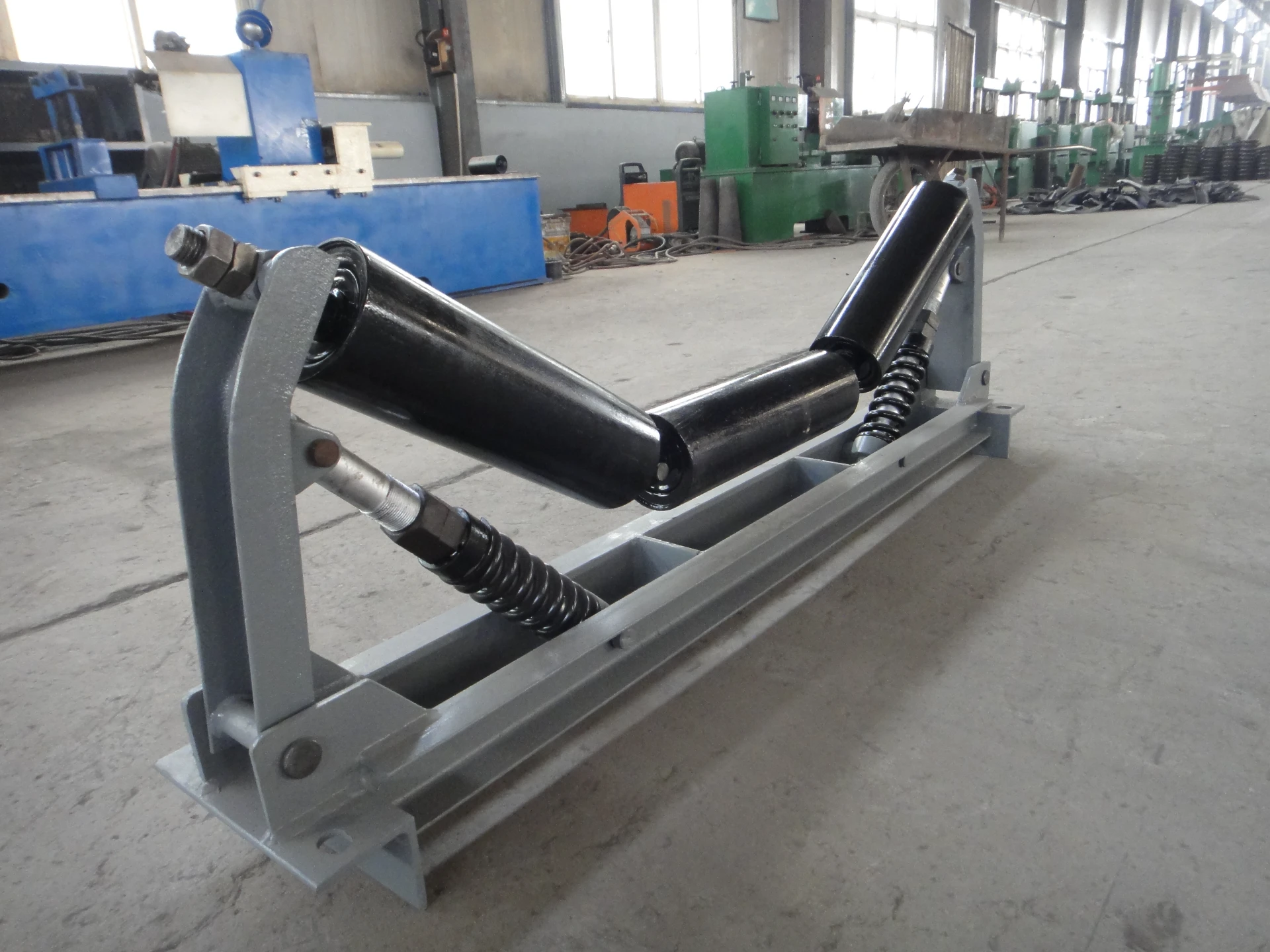 Afrikaans
Afrikaans  Albanian
Albanian  Amharic
Amharic  Arabic
Arabic  Armenian
Armenian  Azerbaijani
Azerbaijani  Basque
Basque  Belarusian
Belarusian  Bengali
Bengali  Bosnian
Bosnian  Bulgarian
Bulgarian  Catalan
Catalan  Cebuano
Cebuano  Corsican
Corsican  Croatian
Croatian  Czech
Czech  Danish
Danish  Dutch
Dutch  English
English  Esperanto
Esperanto  Estonian
Estonian  Finnish
Finnish  French
French  Frisian
Frisian  Galician
Galician  Georgian
Georgian  German
German  Greek
Greek  Gujarati
Gujarati  Haitian Creole
Haitian Creole  hausa
hausa  hawaiian
hawaiian  Hebrew
Hebrew  Hindi
Hindi  Miao
Miao  Hungarian
Hungarian  Icelandic
Icelandic  igbo
igbo  Indonesian
Indonesian  irish
irish  Italian
Italian  Japanese
Japanese  Javanese
Javanese  Kannada
Kannada  kazakh
kazakh  Khmer
Khmer  Rwandese
Rwandese  Korean
Korean  Kurdish
Kurdish  Kyrgyz
Kyrgyz  Lao
Lao  Latin
Latin  Latvian
Latvian  Lithuanian
Lithuanian  Luxembourgish
Luxembourgish  Macedonian
Macedonian  Malgashi
Malgashi  Malay
Malay  Malayalam
Malayalam  Maltese
Maltese  Maori
Maori  Marathi
Marathi  Mongolian
Mongolian  Myanmar
Myanmar  Nepali
Nepali  Norwegian
Norwegian  Norwegian
Norwegian  Occitan
Occitan  Pashto
Pashto  Persian
Persian  Polish
Polish  Portuguese
Portuguese  Punjabi
Punjabi  Romanian
Romanian  Russian
Russian  Samoan
Samoan  Scottish Gaelic
Scottish Gaelic  Serbian
Serbian  Sesotho
Sesotho  Shona
Shona  Sindhi
Sindhi  Sinhala
Sinhala  Slovak
Slovak  Slovenian
Slovenian  Somali
Somali  Spanish
Spanish  Sundanese
Sundanese  Swahili
Swahili  Swedish
Swedish  Tagalog
Tagalog  Tajik
Tajik  Tamil
Tamil  Tatar
Tatar  Telugu
Telugu  Thai
Thai  Turkish
Turkish  Turkmen
Turkmen  Ukrainian
Ukrainian  Urdu
Urdu  Uighur
Uighur  Uzbek
Uzbek  Vietnamese
Vietnamese  Welsh
Welsh  Bantu
Bantu  Yiddish
Yiddish  Yoruba
Yoruba  Zulu
Zulu Types of Scrapers for Conveyor Belt Cleaning Systems
Types of Conveyor Belt Scrapers An Essential Component for Efficient Operations
Conveyor systems are an integral part of many industries, facilitating the smooth transportation of materials. However, the efficiency of these systems can be significantly impacted by the accumulation of material on the conveyor belt. This is where conveyor belt scrapers come into play. These devices are designed to clean the surface of conveyor belts, removing any clingy material that may affect performance. Understanding the various types of conveyor belt scrapers can help in selecting the right one for your operational needs.
1. Primary Scrapers
Primary scrapers are typically the first line of defense against material buildup on the belt. They are positioned at the discharge point of the conveyor, directly after the material leaves the belt. These scrapers are designed to remove the bulk of the material, minimizing carryback and ensuring a clean belt surface. Common materials used in primary scrapers include rubber, plastic, or metal, with configurations varying from fixed-edge designs to those incorporating innovative technologies for increased cleaning efficiency.
Secondary scrapers are installed just after the primary scraper and are tasked with removing any remaining material that the primary scrapers may have missed. They are vital for maintaining a clean conveyor belt and preventing issues such as spillage and excessive wear. Secondary scrapers can employ a variety of blade materials, including urethane and specialty composites, to effectively handle different types of materials being conveyed.
3. Tertiary Scrapers
conveyor belt scraper types

For applications where cleanliness is paramount, tertiary scrapers can be employed. These scrapers are usually made from softer materials designed to polish the belt after the primary and secondary cleaning processes. They ensure that even the most stubborn residues are removed. Tertiary scrapers are often used in food processing and pharmaceutical applications, where hygiene standards are stringent.
4. Knife Edge Scrapers
This type of scraper is particularly effective in handling fine materials that may otherwise cling to the belt surface. The knife-edge design allows for precise and efficient removal of fine particles without damaging the belt itself. Knife edge scrapers are versatile and can be used in various applications, especially where dust and fine material accumulation is a concern.
5. Adjustable Scrapers
Adjustable scrapers provide flexibility and can be tailored to suit varying belt widths and material types. These scrapers usually feature a mechanism that allows operators to change the angle and pressure of the blades, enabling optimal performance under different operational conditions. This adaptability makes them suitable for industries where material types and flow rates frequently change.
In conclusion, conveyor belt scrapers are essential for maintaining efficiency and preventing operational issues in conveyor systems. Understanding the different types—primary, secondary, tertiary, knife edge, and adjustable scrapers—allows industries to select the best solution for their specific needs, ultimately enhancing productivity and reducing maintenance costs. Regular maintenance and monitoring of these scrapers can lead to significant long-term benefits in material handling operations.
-
Revolutionizing Conveyor Reliability with Advanced Rubber Lagging PulleysNewsJul.22,2025
-
Powering Precision and Durability with Expert Manufacturers of Conveyor ComponentsNewsJul.22,2025
-
Optimizing Conveyor Systems with Advanced Conveyor AccessoriesNewsJul.22,2025
-
Maximize Conveyor Efficiency with Quality Conveyor Idler PulleysNewsJul.22,2025
-
Future-Proof Your Conveyor System with High-Performance Polyurethane RollerNewsJul.22,2025
-
Driving Efficiency Forward with Quality Idlers and RollersNewsJul.22,2025





























